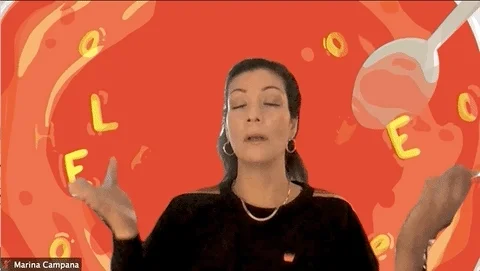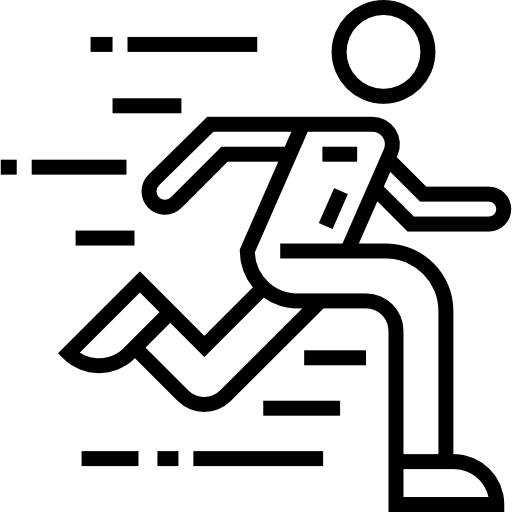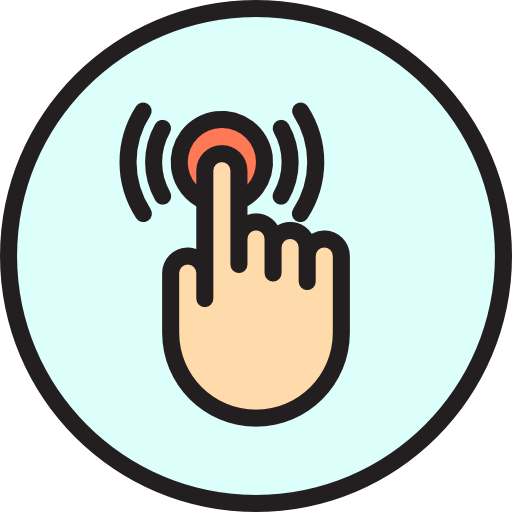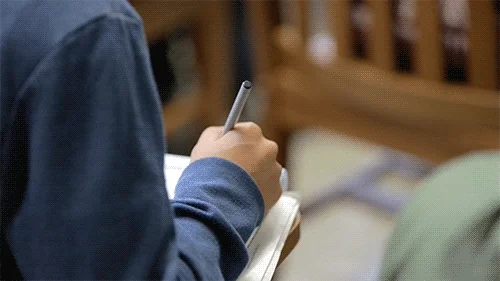Have you ever wished for a "quick fix" when you were feeling really stressed out? Well, it's possible! Our bodies have incredible abilities to self-soothe.
By learning how to activate your nervous system with simple techniques, you can teach yourself to find your inner calm on a daily basis.

Somatic techniques are practices that use the body to release tension, regulate the nervous system, and improve mind-body awareness.
They can be super helpful in managing stress, trauma, and overall well-being. Luckily, there are so many options to choose from!
Evaluate your needs and patterns
Tune in to yourself and consider:
Where do I feel tension, stress, or dysregulation in my body? (e.g., neck, shoulders, etc.)
What common triggers activate my nervous system? (e.g., anxiety, fatigue, etc.)
Do I tend to be more hyperaroused (anxious, restless) or hypoaroused (numb, shut down)?
Your answers to these questions can help direct you to which of these five somatic techniques will help you the most, AND when to use them.

1. If you're feeling anxious...
Try the 5-4-3-2-1 method:
Identify 5 things you can see (e.g., a tree, a book, a shadow).
Identify 4 things you can feel (e.g., your feet on the ground, your clothing).
Identify 3 things you can hear (e.g., birds chirping, a ticking clock).
Identify 2 things you can smell (or, if you can’t smell anything, recall a favorite scent).
Identify 1 thing you can taste (or notice the taste in your mouth).
 Photo by Alexander Grey on Unsplash
Photo by Alexander Grey on UnsplashHow it helps:
Anchors your awareness in the present moment.
Engages your senses to shift focus away from anxious thoughts.
Regulates the nervous system by increasing mindfulness.
Example:
If you're nervous before a performance, you might feel overwhelmed and stuck in an anxious thought spiral. Try taking a deep breath and taking a minute to use the 5-4-3-2-1 technique. It's a quick and easy way to ground yourself in the here-and-now and get out of your head.
2. If you're feeling stressed or tense...
Try progressive muscle relaxation:
Tense each muscle group for 5–10 seconds, then release.
Start from your toes and work your way up to your head.
Notice the difference between tension and relaxation.
 Photo by Fadilah Im on Unsplash
Photo by Fadilah Im on UnsplashHow it helps:
Relieves physical tension and stress-related tightness.
Increases body awareness and promotes relaxation.
Distracts from mental distress by directing energy to a physical task (i.e. tensing)
 Example:
Example:
If you play a sport, you might be used to feeling anxious before a big game. But if you want a top-notch athletic performance, having a good mind-body connection is crucial. Try practicing progressive muscle relaxation a few minutes before it's game time. You might be surprised how well it can help you shake off nerves!
Quiz
What is the primary benefit of progressive muscle relaxation?
3. If you're feeling dysregulated...
Feeling dysregulated looks like:
Struggling to cope with triggers
Stress
Mood swings
Try these techniques:
Humming: The vibrations relax your vagus nerve (the information superhighway of the brain & also responsible for self-regulation).
Cold exposure: Splash cold water on your face, take a cold shower, or hold an ice pack.
Gargling: Take a sip of water and gargle for 30 seconds.
Massaging pressure points: Rub the tops of your earlobes or the area in between your thumb and index finger on your hand.
Yawning: This relaxes your soft palate and jaw.
 Photo by Jeremy Bishop on Unsplash
Photo by Jeremy Bishop on UnsplashHow they help:
Activate the vagus nerve and parasympathetic nervous system, promoting relaxation.
Help shift your body out of fight-or-flight mode.

4. If you want to release trapped emotions...
Try shake & release:
Stand and shake out your arms, legs, and whole body.
Jump lightly up and down, letting your muscles relax.
Wiggle your fingers and toes.
Roll your shoulders and rotate your neck.
 Photo by Juan Camilo Navia on Unsplash
Photo by Juan Camilo Navia on UnsplashHow it helps:
Releases stored stress and trauma from the nervous system.
Helps with emotional release and nervous system reset.
 Example:
Example:
Say you hear a sound that is an instant trigger for you and you start feeling frozen and shut down. When this happens, it can be hard to talk yourself out of feeling threatened.
So instead of dealing with mental gymnastics, choose to move instead! Even if you're in a public place, a gentle shaking of your wrists and wiggling of the fingers can bring your anxiety down a notch.
5. If you're feeling unsafe...
Try self-soothing touch:
Place one hand on your heart and another on your stomach.
Gently press your arms or shoulders to create a sense of containment.
Rock yourself slightly or rub your arms in a calming manner.
 Photo by Giulia Bertelli on Unsplash
Photo by Giulia Bertelli on UnsplashHow it helps:
Provides a sense of safety and self-soothing.
Can be helpful for inner child work and trauma healing.
Quiz
Amanda is feeling scared and lonely after a hard day at school. Which somatic technique would best help calm her anxiety?
Take Action

Hopefully, you've jotted down some new somatic techniques to try the next time you want to regain your inner balance and reconnect with your body.
The best part about these movements is that they are easy and accessible to do in the moment and can provide fast relief!
Don't be afraid to experiment with what works for you. If you're looking to expand your know-how on somatic techniques even further, check out these ideas:
Your feedback matters to us.
This Byte helped me better understand the topic.

